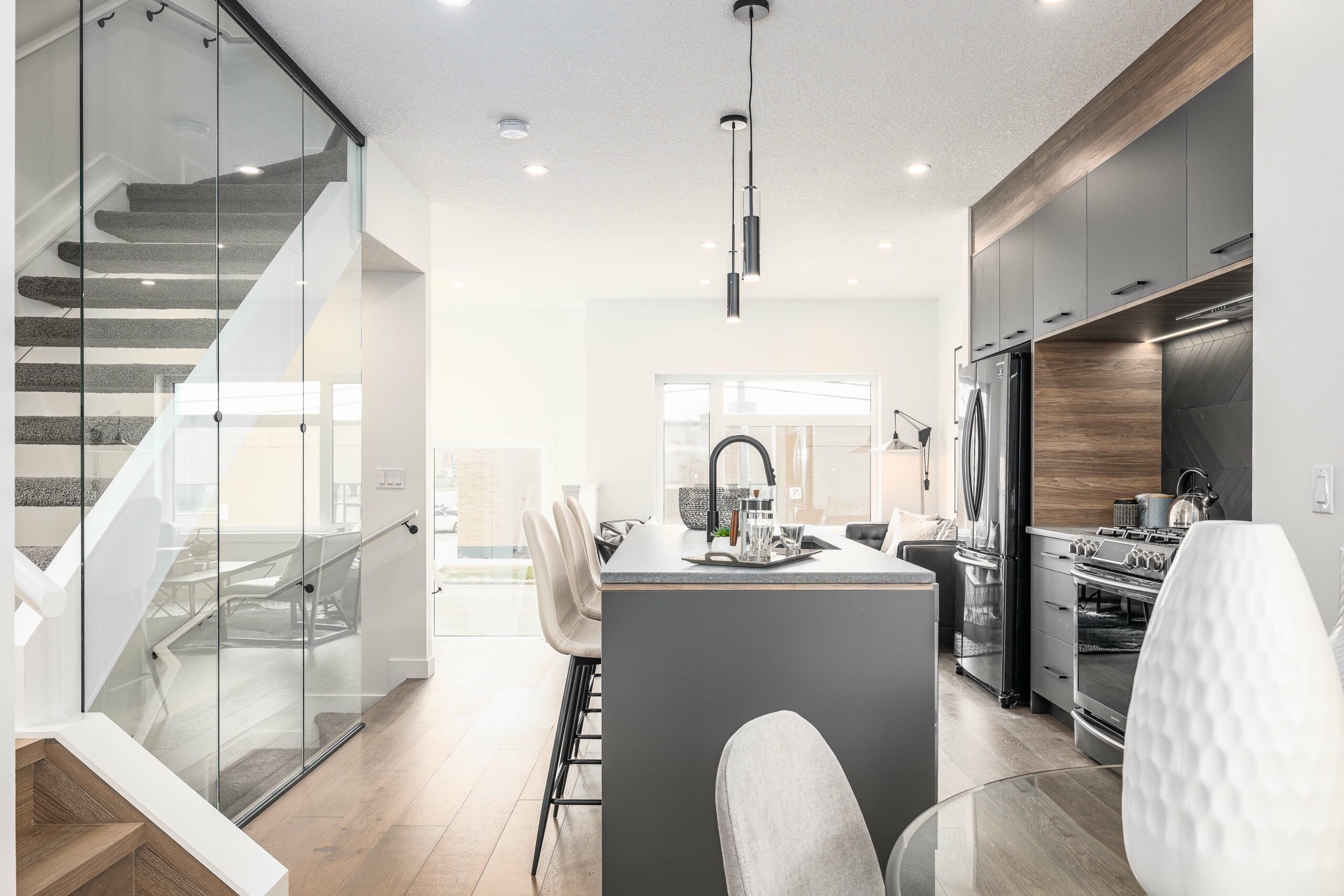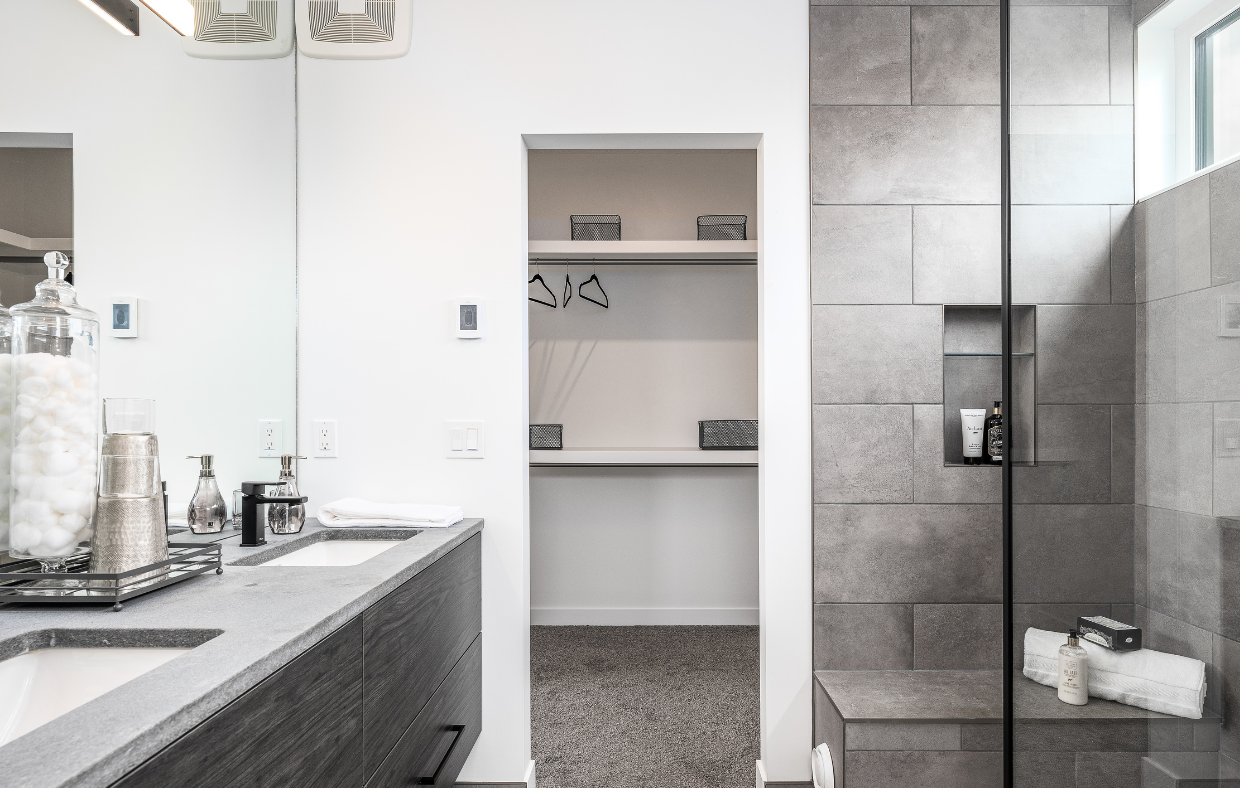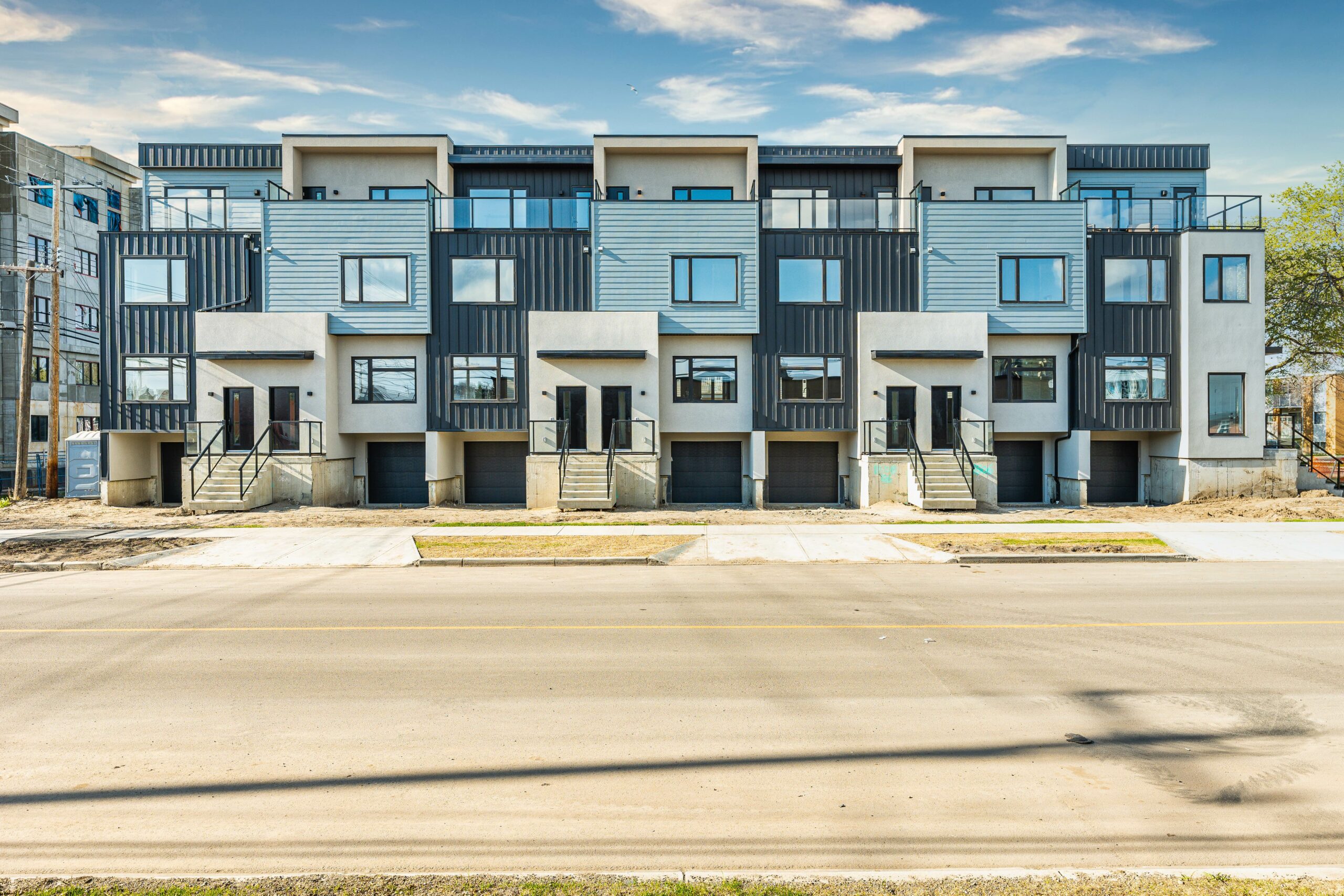Investing in real estate is a tried-and-true method for building wealth and securing a strong return on investment (ROI). Whether you’re considering renovating an older property, building a new construction project, or exploring acreage development, strategic decisions and smart choices can significantly enhance your ROI. In this blog, we will delve into the best approaches to maximize your return on investment in the current real estate market, focusing on renovation opportunities, popular renovation types for increased resale value, and a comparison of ROI between new construction, renovating older homes, and acreage development.

Renovations: Transforming Older Homes into Profitable Investments.
Renovating older homes presents a fantastic opportunity to add value and increase your ROI. By carefully selecting renovations that align with market trends and buyer preferences, you can transform a dated property into a modern, sought-after home.
Here are some popular types of renovations that tend to yield a high ROI:
a) Kitchen Upgrades: The heart of the home, the kitchen, is often a key selling point. Upgrading appliances, countertops, cabinets, and lighting can significantly enhance the appeal and value of the property.
b) Bathroom Remodeling: Modernizing bathrooms with updated fixtures, stylish tiles, and contemporary design elements can give your property a competitive edge in the market.
c) Energy Efficiency Improvements: With the growing focus on sustainability, investing in energy-efficient features such as insulation, windows, and smart home technology can attract eco-conscious buyers and save on utility costs.
d) Curb Appeal Enhancements: First impressions matter. Enhancing the exterior of the property through landscaping, fresh paint, and an inviting entryway can greatly increase its overall value.

New Construction: The Promise of Customization and Potential ROI
New construction projects offer the allure of customization and the potential for a substantial return on investment. However, it’s crucial to carefully analyze the market demand and ensure that your project aligns with buyer preferences in your target area.
Consider the following factors when assessing the ROI potential of new construction:
a) Location: Choose a desirable location with amenities, good schools, and convenient access to transportation, as this significantly impacts the property’s value and resale potential.
b) Market Research: Understand the demand and preferences of potential buyers in your target market. Tailoring your new construction project to meet these demands will increase its appeal and potential for a higher ROI.
c) Quality and Features: Incorporate high-quality materials, modern design elements, and sought-after features to create a property that stands out in the market. This can attract buyers and potentially result in a higher selling price.

Acreage Development: Expanding Horizons for ROI
Acreage development involves purchasing land and developing it for residential or commercial purposes. This type of investment offers unique opportunities for maximizing ROI.
Consider the following aspects when evaluating acreage development potential:
a) Location and Zoning: Choose land with favorable zoning regulations that allow for development. Consider proximity to amenities, transportation, and other factors that contribute to desirability.
b) Feasibility Studies: Conduct thorough feasibility studies to determine the potential for infrastructure development, such as utilities, roads, and other necessary amenities. This will impact the value and marketability of the property.
c) Demand and Market Trends: Research the demand for acreage properties in your target market. Determine whether there is a need for residential or commercial developments, and tailor your plans accordingly.
d) Environmental Considerations: Ensure compliance with environmental regulations and consider sustainable development practices to appeal to eco-conscious buyers and investors.

Comparison: ROI Potential
When comparing the ROI potential among new construction, renovating older homes, and acreage development, several factors come into play:
a) Market Demand: Assess the current demand for each type of investment in your target market. Consider the supply and demand dynamics, as well as the preferences and demographics of potential buyers.
b) Initial Investment: Evaluate the upfront costs associated with each option, including land acquisition, construction costs, renovation expenses, and potential financing.
c) Holding Period: Consider the expected holding period for each investment. Some projects may require longer timelines before achieving a desirable ROI.
d) Market Conditions: Monitor the overall real estate market conditions, including interest rates, housing trends, and economic factors that may influence your investment’s performance.
Maximizing return on investment in real estate requires a strategic approach and careful consideration of various factors. Renovating older homes allows for transformation and modernization, while new construction offers customization and market alignment. Acreage development can provide unique opportunities for growth and expansion.
Ultimately, the most profitable investment strategy depends on factors such as market demand, location, feasibility, and your personal preferences and expertise. Conduct thorough research, consult with real estate professionals, and align your investment decisions with market trends to maximize your ROI in the current real estate landscape.
